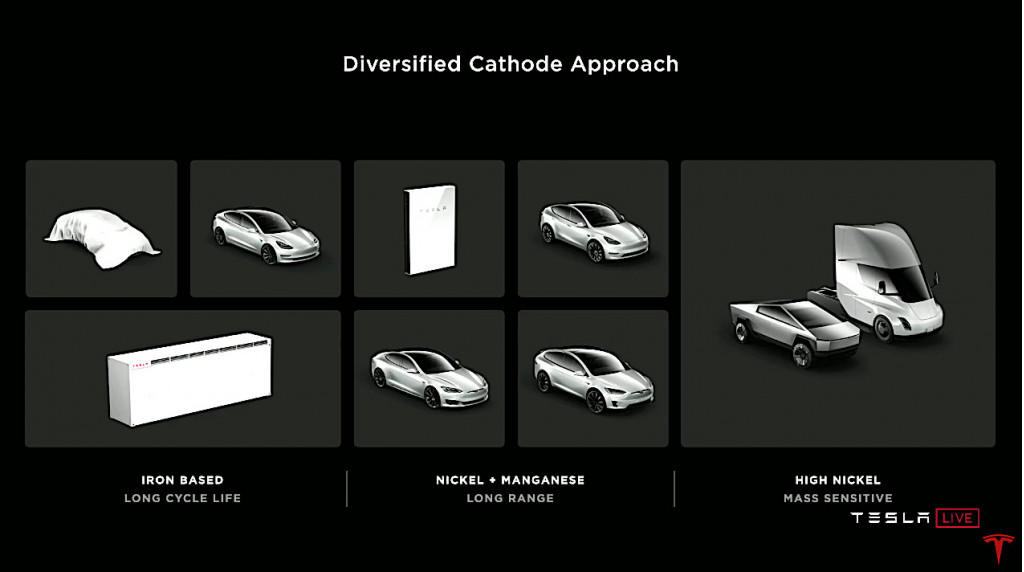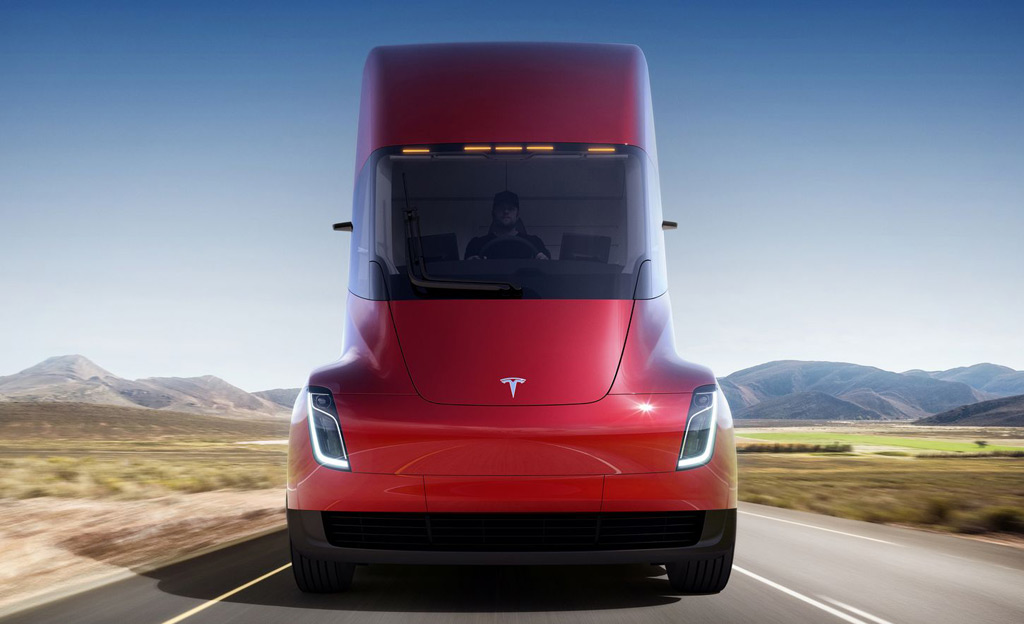Tesla CEO Elon Musk Tuesday suggested that the carmaker will be able to produce a “compelling” $25,000 car with fully autonomous driving capability in three years.
It’s a project that, Musk explained, will be enabled by the company’s quest to halve the cost of its cells per kilowatt-hour through a comprehensive strategy that looks at the entire supply chain and manufacturing process—the focus of Tesla’s Battery Day presentation.
“It was always our goal to try to make an affordable electric car,” said Musk, referring back to his 2006 Tesla Motors Master Plan.
Musk said that Tesla doesn’t yet have a name for the $25,000 car, which would arrive in 2023 and finally be able to meet or beat equivalent internal-combustion vehicles on initial purchase price.
Musk noted that in the future Tesla aims to divide its batteries into a three-tiered approach. Iron-based (lithium iron phosphate, or LFP) cells will be for what Musk called medium-range. Nickel manganese cells will be for what he termed medium-plus and be for the bulk of the lineup. And then high-nickel cells will be reserved for long-range applications like the Cybertruck and Semi.

Tesla diversified cathode approach. - 3 tiers of battery cells
He hinted, with the above slide in the background confirming it, that the affordable vehicle would be powered by LFP cells. Musk already announced in July that a version of the Model 3 for the China market will get an LFP pack and have a range of almost 300 miles.
Musk said that the iron cells would be for energy storage and for “medium-range applications where energy density is not paramount.”
LFP batteries have a strong record for safety and longevity and have been the chemistry of choice for China’s BYD in a range of applications for years—including the Blade battery it uses in its new flagship Han EV.
While a nickel-based chemistry would appear to be twice as good, Musk cautioned that observation at the cell level doesn’t translate to the pack level—and that on the pack level, that would be more like a 50-60% advantage.

Tesla Semi
“For something like a semi truck it’s extremely important to have high energy density in order to get long range,” he said.
If Tesla’s $25,000 vehicle were to arrive in 2023, could it disrupt the market as much as the Model S did in 2012, or the Model 3 in 2017? Let us know what you think in your comments below.













